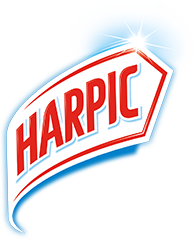Sanitation access map
How many friends have you recently visited who do not have a toilet? If you live in a country with a developed infrastructure, this question will probably sound rather silly. However, it may surprise you that - on a global scale - you could visit almost 2.5 billion people and find yourself without access to adequate or ‘improved’ sanitation.
What is an improved sanitation? As per WHO definition, “improved sanitation” includes sanitation facilities that hygienically separate human excreta from human contact.
You may take a look at the map below and see how the access to improved sanitation situation varies by country.


% OF THE POPULATION USING IMPROVED SANITATION FACILITIES
(Source: Worldbank data, World Development Indicators, latest available data: 2010 or earlier for countries like Argentina, Dominica, Italy, Lebanon, Poland, Romania, Saudi Arabia, Venezuela)
|
Improved sanitation includes:
|
Unimproved sanitation includes:
|
Source: World Health Organization and United Nations Children's Fund, Joint Measurement Programme (JMP)
 |
To learn more about Sanitation, Water & Energy saving and much more, please, visit www.happier-homes.com |
